This post is also available in:
Español
English
Stel je een reis voor waarbij elk gerecht niet alleen de honger stillt, maar ook een verhaal vertelt, culturen verbindt en emoties oproept. Zo is de Peruaanse keuken: een levendige viering van biodiversiteit, eeuwenoude tradities en culinaire creativiteit. Wist je dat Peru herhaaldelijk is erkend als de beste culinaire bestemming ter wereld? Deze titel is geen toeval; het is een weerspiegeling van een land waar voedsel het dagelijkse overstijgt en een kunstvorm wordt.
Van de Andes, met hun majestueuze hoogtes, tot de diepten van het Amazonewoud en de kusten die worden gebaad door de Humboldtstroom, biedt elk hoekje van Peru iets bijzonders. Maar wat is het nu precies dat deze keuken niet alleen de Peruanen maar ook miljoenen mensen wereldwijd heeft veroverd? Wat maakt dat de prestigieuze status ervan blijft groeien in landen zoals Nederland, waar exotische smaken steeds meer bewonderaars vinden?
Bereid je voor om te ontdekken hoe de geografie, geschiedenis en culturele diversiteit van Peru samenkomen om een van de meest fascinerende keukens ter wereld tot leven te brengen. En aan het einde zul je misschien wel de drang voelen om het dichtstbijzijnde Peruaanse restaurant te vinden… of zelfs je volgende reis naar Peru te plannen.
Geografische Diversiteit als het Geheim van het Succes
Een van de factoren die de Peruaanse keuken haar indrukwekkende uniekheid geeft, is de geografie van het land. Van de kust tot de bergen, valleien en uitgestrekte regenwouden, Peru heeft een biodiversiteit die terug te zien is in het eten. De geografie van Peru gaat niet alleen over de verscheidenheid aan landschappen, maar ook over de beschikbaarheid van unieke ingrediënten. Elke regio heeft haar eigen culinaire karakter, beïnvloed door de natuurlijke omgeving, het klimaat en de geschiedenis van haar mensen.
De Peruaanse kust, gewassen door de koude Humboldtstroom, staat bekend om haar ongelooflijke verscheidenheid aan verse vis en zeevruchten, zoals snapper, cabrilla en natuurlijk Ceviche. Deze zeevruchten zijn de sterren van veel traditionele gerechten en creëren een frisse en lichte keuken, maar wel intens van smaak.
De hoogtes van de Andes, met hun hoogte en extreme klimaat, maken de teelt van een breed scala aan aardappelen, maïs en Andesgranen mogelijk, die al eeuwenlang de basis vormen van het Peruaanse dieet. Ingrediënten zoals quinoa, paarse maïs, aardappelen en gele chili, geteeld op grote hoogtes, zijn essentieel in veel traditionele gerechten.
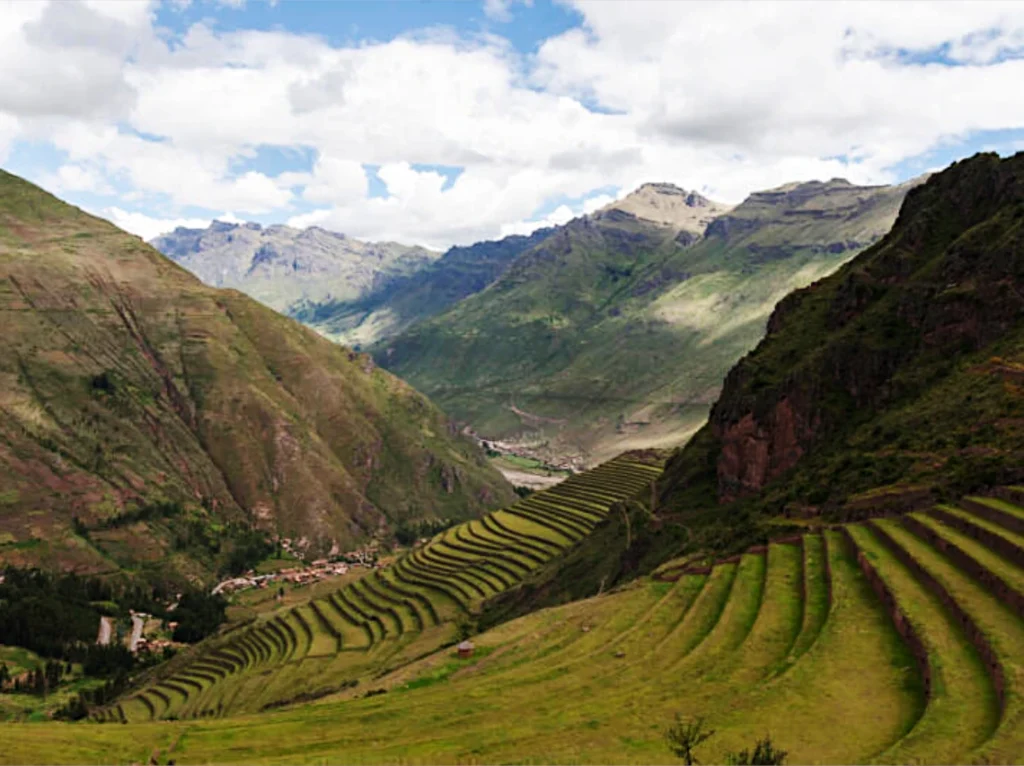
En natuurlijk mogen we het Peruaanse regenwoud niet vergeten, waar exotische flora en fauna unieke producten zoals Camu Camu, Aguaje en Paiche bieden. De zoet-zuur smaken uit het regenwoud voegen een andere dimensie toe aan de Peruaanse gastronomie, met gerechten zoals Juane die lokale ingrediënten en oude kooktechnieken combineren.
De Invloed van Geschiedenis en Culturen die Samenkomen
Maar geografie is niet de enige protagonist. De geschiedenis van Peru, gekenmerkt door een rijke mengeling van pre-Columbiaanse beschavingen, de Spaanse invasie en de migratie van verschillende volkeren, heeft geleid tot een werkelijk gemengde keuken.
De Inca’s bijvoorbeeld gaven de wereld producten zoals maïs, aardappelen en chili, terwijl de Spaanse kolonisten specerijen, rijst en varkensvlees brachten. Het was echter de komst van Aziatische immigranten, vooral uit China en Japan, die een nieuwe fase in de evolutie van de Peruaanse keuken markeerde, met gerechten zoals Chifa (een fusie van Chinese keuken en lokale ingrediënten) die nu een fundamenteel onderdeel van het land’s culinaire aanbod zijn.
Afrikanen speelden ook een belangrijke rol, niet alleen in de geschiedenis maar ook in de gastronomie, door smaken en ingrediënten bij te dragen die vandaag de dag essentieel zijn, zoals panca chili, pinda’s en invloeden op kooktechnieken zoals roosteren en frituren. Deze fusie van culturen, ingrediënten en technieken heeft een keuken gecreëerd die voor iedereen iets biedt, de oude en de nieuwe, het lokale en het wereldse mengend.

De Humboldtstroom: De Magische Smaakmaker voor Zeevruchten
De Humboldtstroom, die langs de Peruaanse kust stroomt, is een andere belangrijke factor die bijdraagt aan het succes van de Peruaanse keuken. Deze koude oceaanstroom beïnvloedt niet alleen het klimaat maar verrijkt ook de mariene biodiversiteit, waardoor een perfect leefgebied ontstaat voor een indrukwekkende variëteit aan zeedieren. Dit stelt Peru in staat om een van de meest biodiverse zeeën ter wereld te herbergen, met vis en zeevruchten van ongeëvenaarde kwaliteit.
Gerechten zoals Ceviche, een van de meest iconische gerechten van de Peruaanse keuken, leunen zwaar op deze mariene overvloed. Peruaanse Ceviche is een ware culinaire meesterwerk, met verse vis gemarineerd in citroensap, gele chili en ui, vergezeld van zoete aardappel (camote), grote maïs (choclo) en geroosterde maïs (cancha). Elke hap weerspiegelt de frisheid van de Stille Oceaan, iets wat nergens anders gereproduceerd kan worden.
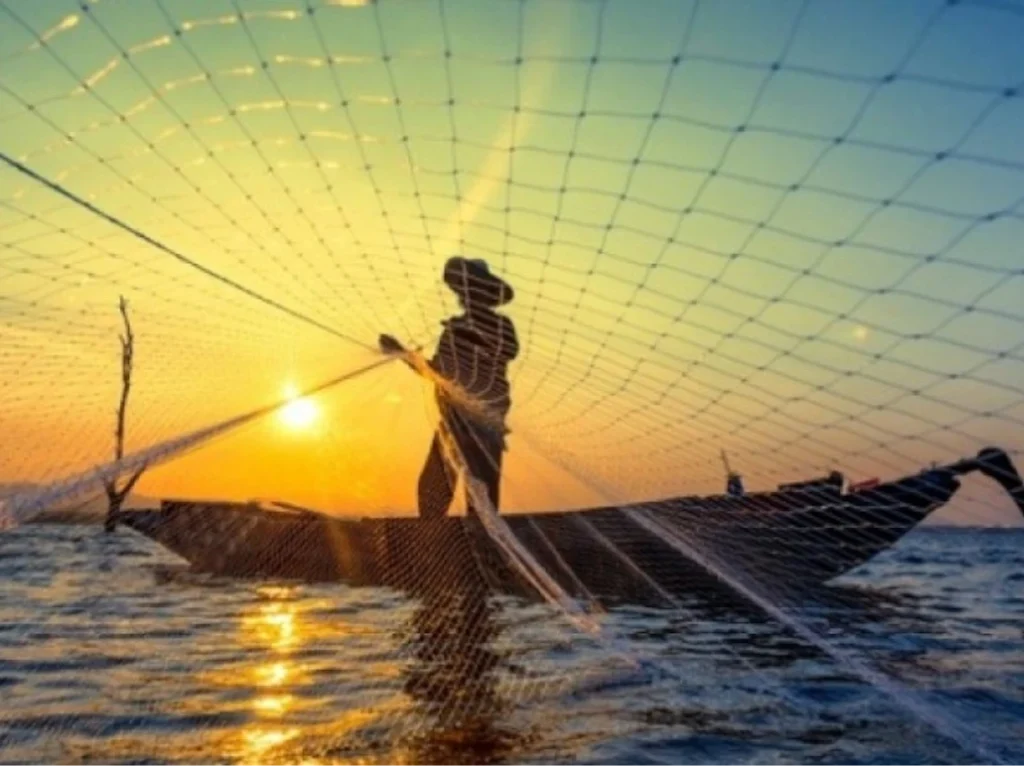
Authentieke Ingrediënten en Technieken met Weinig Geheimen
Peruaanse gastronomie staat niet alleen bekend om haar inheemse ingrediënten maar ook om de diverse culturele invloeden die haar keuken door de eeuwen heen hebben verrijkt. De culinaire geschiedenis van Peru is gekarakteriseerd door de interactie van meerdere culturen: van de inheemse Peruanen tot Afrikanen, Europeanen en Aziaten, die allemaal hun stempel hebben gedrukt op de manier waarop Peruanen koken.
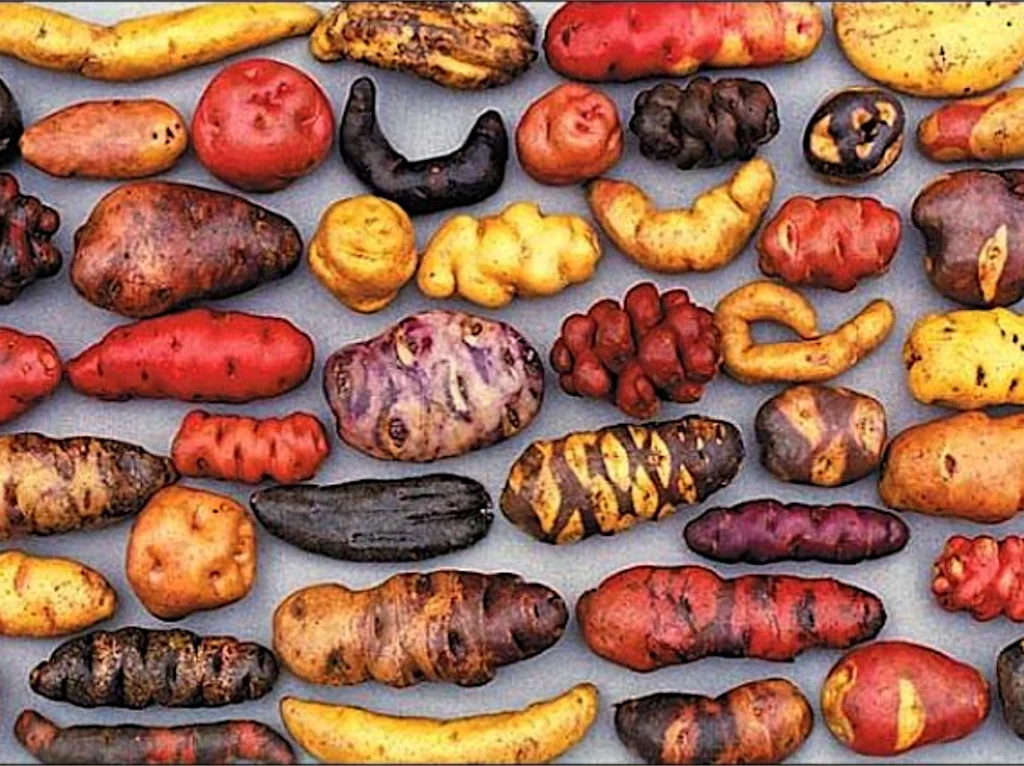
Een van de meest opvallende invloeden komt van de Afrikaanse culturen, wiens technieken essentieel waren bij het creëren van Anticuchos. Afrikanen begonnen tijdens de koloniale periode offal te gebruiken, zoals het runderhart, een ingrediënt dat essentieel is geworden voor dit gerecht. De marinade met panca chili, knoflook en azijn en de bereiding boven de kolen is een simpele maar smaakvolle techniek die tot op de dag van vandaag blijft bestaan en een van Peru’s meest iconische straatgerechten is geworden.
Een ander duidelijk voorbeeld van culinaire fusie is Lomo Saltado, dat zijn oorsprong vindt in de invloed van Chinese immigratie naar Peru. De woktechniek, die door Chinese immigranten in de 19e eeuw werd geïntroduceerd, paste snel bij Peruaanse ingrediënten. Het snel roerbakken van rundvlees, tomaat, ui en gele chili, gecombineerd met sojasaus en azijn, creëert een unieke smaak die de integratie van twee heel verschillende culinaire culturen weerspiegelt.
Italiaanse invloeden zijn ook merkbaar in de Peruaanse keuken, zoals in Menestrón, een soep die via Italiaanse immigranten in Peru terechtkwam. Terwijl de Italiaanse Menestrón gekarakteriseerd wordt door een groentebasis, bevat de Peruaanse versie lokale ingrediënten zoals maïs, aardappelen en inheemse kruiden, wat het een unieke draai geeft die weerspiegelt hoe de Peruanen elk recept hun eigen maken.
We kunnen de Japanse invloed op de Peruaanse keuken niet vergeten, vooral in Nikkei (de fusie van Peruaanse en Japanse keuken). De Japanners brachten technieken zoals sushi en het gebruik van verse vis, die in de Peruaanse context werden aangepast. Tegenwoordig wordt Ceviche bereid met Japanse invloeden, zoals de toevoeging van ingrediënten zoals wasabi of sesamzaad, en Peruaanse makis, die verse vis combineren met lokale smaken zoals gele chili, zijn een populair gerecht geworden.
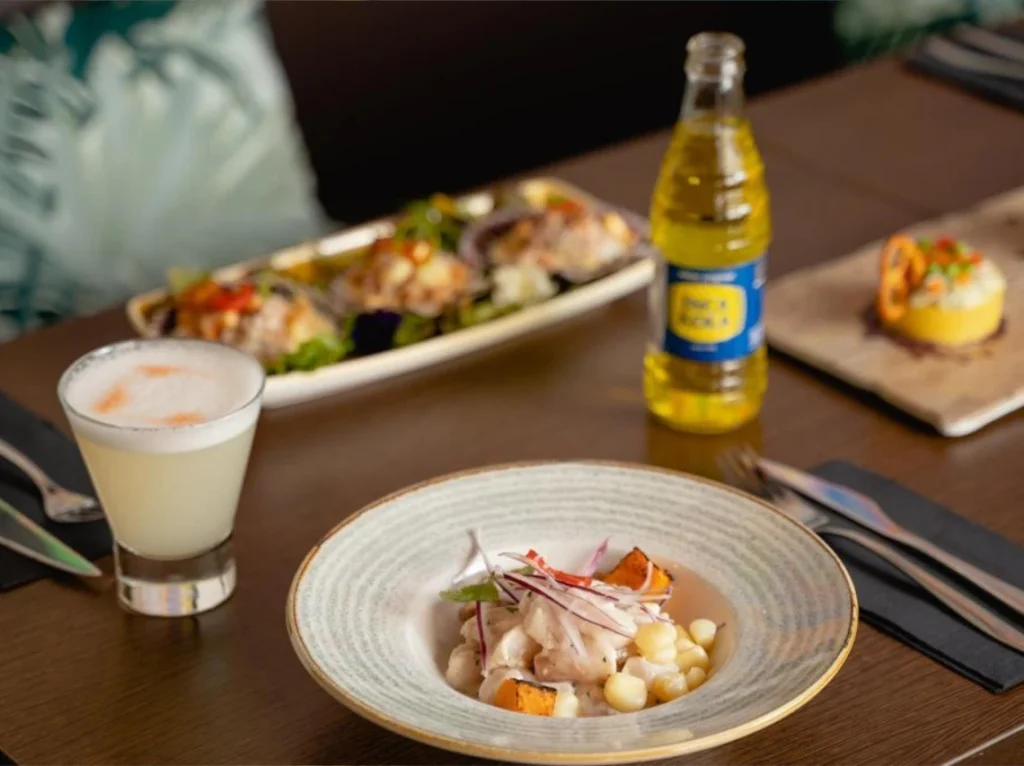
In elk van deze gerechten vinden we Peruaanse creativiteit in het vermogen om technieken van andere culturen te nemen en deze aan te passen aan lokale ingrediënten, iets compleet nieuws en unieks te creëren. Het is deze fusie van tradities die heeft geleid tot een keuken rijk aan smaken, texturen en aroma’s die niet alleen Peru, maar ook wereldwijd heeft veroverd.
De Kunst van het Koken: Peruaanse Creativiteit in Elk Gerecht
Peruaanse keuken is veel meer dan een simpele combinatie van ingrediënten. Het is een demonstratie van culinaire creativiteit, een kunst die door de tijd heen is geëvolueerd en beïnvloed door verschillende culturen. Peruaanse gastronomie heeft zich aangepast aan moderne tijden, waarbij innovatieve technieken zijn opgenomen, maar zonder haar traditionele essentie te verliezen.
Peruaanse chefs, zoals Gastón Acurio, Virgilio Martínez en Pedro Miguel Schiaffino, hebben de Peruaanse keuken naar een internationaal niveau gebracht, door inheemse ingrediënten te combineren met hedendaagse technieken en innovatieve presentaties, wat wereldwijd erkend is. Dankzij hen en hun toewijding aan het bewaren van de traditie terwijl ze nieuwe benaderingen uitproberen, is Peru herhaaldelijk benoemd tot de beste culinaire bestemming ter wereld.
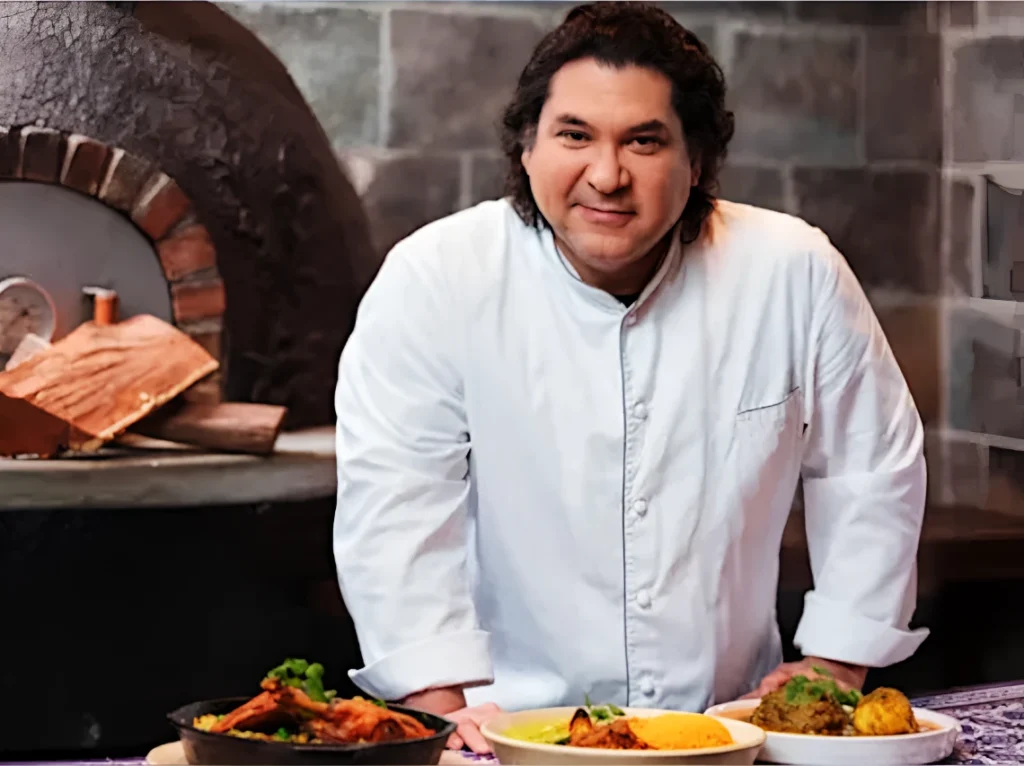
Het Wereldwijde Succes van de Peruaanse Keuken: Een Revolutie die de Wereld Verovert
Peruaanse keuken is niet alleen een fenomeen in Peru; het heeft zich wereldwijd met onstuitbare kracht verspreid. In steden zoals New York, Miami, San Francisco, Parijs, Londen, Dubai, Moskou en Madrid hebben Peruaanse chefs restaurants geopend die niet alleen de rijke gastronomie van het land vieren, maar deze ook voortdurend heruitvinden. De kwaliteit, creativiteit en authenticiteit van Peruaanse smaken hebben een nieuwe golf van wereldwijde erkenning teweeggebracht.
Iconische restaurants zoals Central in Lima, beschouwd als het beste restaurant ter wereld volgens de exclusieve lijst van The World’s 50 Best Restaurants, zijn slechts een voorbeeld van hoe Peru de trend zet in de wereldwijde gastronomie. Daarnaast hebben verschillende Peruaanse restaurants Michelin-sterren verdiend, een bewijs van de culinaire uitmuntendheid die in elk gerecht aanwezig is.
Peruaanse chefs worden ook uitgenodigd voor de meest prestigieuze gastronomische evenementen, zoals de Internationale Voedselbeurs in Parijs, waar ze hun kennis delen en blijven innoveren. Elke dag breiden Peruaanse smaken zich uit en transformeren ze, waarbij ze de culinaire cultuur van het land naar nieuwe hoogtes en hoeken van de wereld brengen waar ze nooit eerder zijn geproefd.
Peruaanse keuken, met haar buitengewone fusie van oude tradities en innovatieve technieken, blijft laten zien dat er geen grenzen zijn aan haar succes.
Waar Kun je Peruaanse Keuken Genieten in Nederland?
De groeiende populariteit van de Peruaanse keuken in Nederland heeft geleid tot de opening van verschillende Peruaanse restaurants in steden zoals Amsterdam, Rotterdam en Utrecht. Deze zaken bieden een breed scala aan traditionele Peruaanse gerechten, van Ceviche tot Lomo Saltado, waarmee bewoners en bezoekers de kans krijgen om de authentieke smaken van Peru te ontdekken zonder het land te verlaten.
Ontdek Meer en Duik in de Culinaire Magie van Peru!
Nu je de geheimen achter het succes van de Peruaanse keuken kent, is het tijd om jezelf onder te dompelen in deze fascinerende wereld van smaken, tradities en technieken. Als je nog nooit een Peruaans gerecht hebt geproefd, nodigen we je uit om dat zo snel mogelijk te doen. Durf je een frisse Ceviche, een romige ají de gallina of een smakelijke Lomo Saltado uit te proberen? Blijf meer ontdekken over de Peruaanse keuken, want er is altijd iets nieuws en lekkers te ontdekken.
Laat ons je opmerkingen weten en vertel ons, welk Peruaans gerecht zou je als eerste willen proberen? Deel dit artikel met je vrienden en doe mee aan het gesprek over de culinaire wonderen die de Peruaanse keuken biedt! En als je van dit artikel hebt genoten, abonneer je dan om meer content zoals dit te ontvangen en blijf leren over de cultuur en gastronomie van Peru.



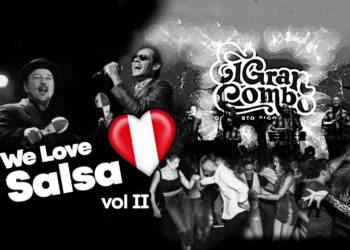
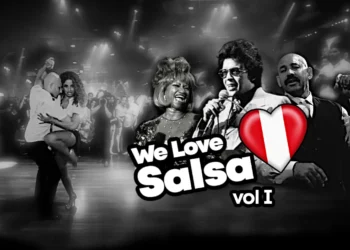



Feliciteerd peruanos.nl voor de mooie samenvatting over Peru en zijn keuken verteld.